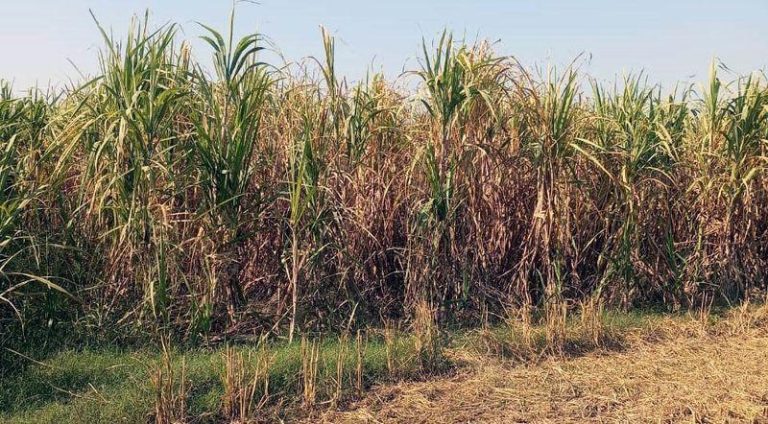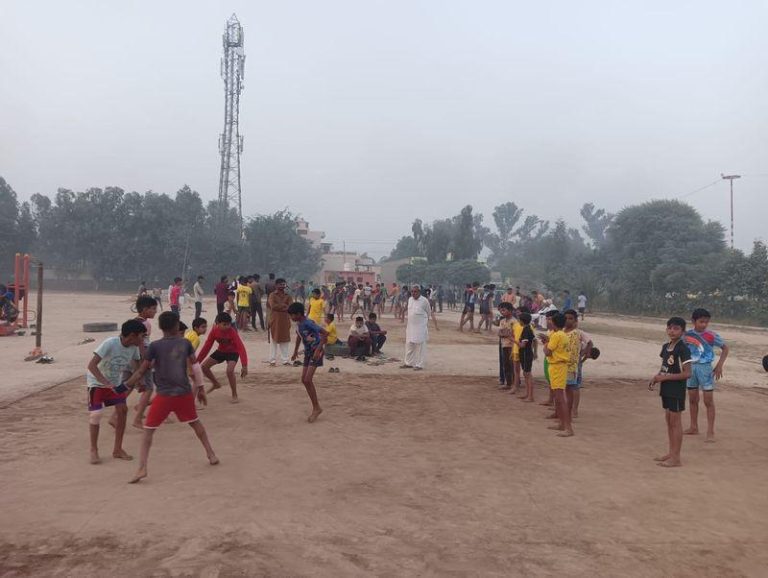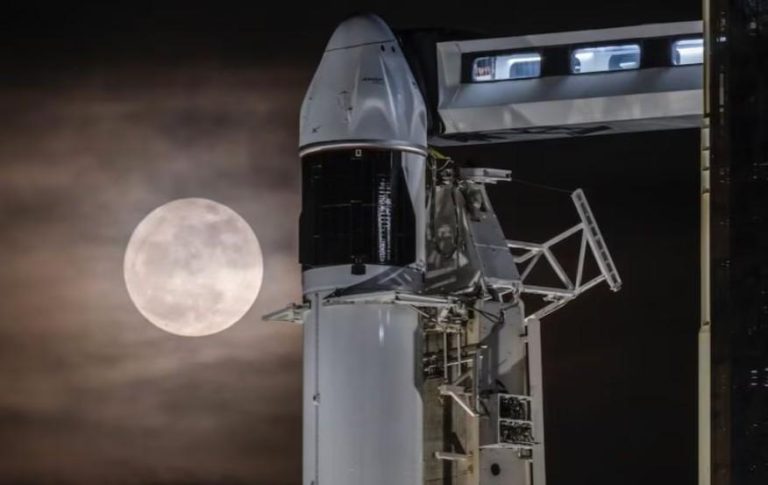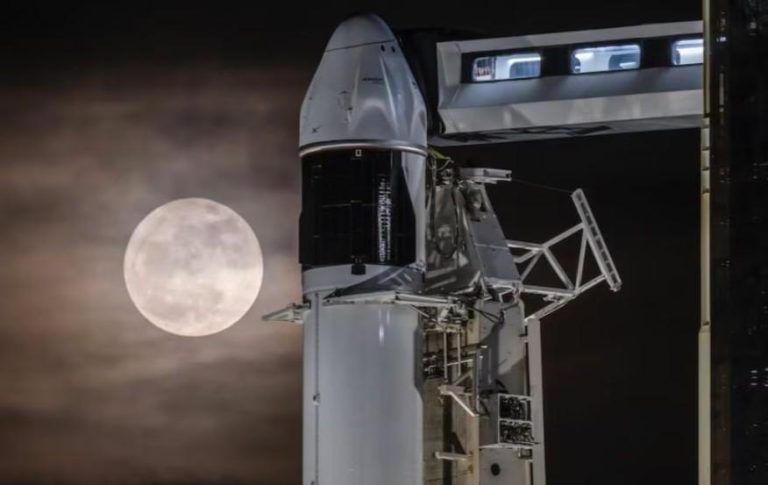
Title: Terror Accused Arrested in J&K Using Facial Recognition System, Shifted to Pahalgam
In a significant breakthrough in the fight against terrorism, the Anantnag Police in Jammu and Kashmir have arrested a suspect involved in an Unlawful Activities (Prevention) Act (UAPA) case through the recently-installed facial recognition system. The accused, identified as Muneeb Mushtaq Sheikh, was apprehended after being identified by the system installed at the X-Ray point in Ganishbal.
According to reports, the facial recognition system was used to scan the crowds at the X-Ray point, and it promptly identified Sheikh, who was attempting to sneak past security checks. The system’s accuracy and efficiency in identifying the suspect were instrumental in the successful arrest, demonstrating the potential of this technology in combating terrorism.
Sheikh was shifted to Pahalgam for further verification, where his involvement in an Explosive Substances Act case was also uncovered. The police have recovered several incriminating materials from his possession, including explosives and other dangerous substances. The accused is currently being questioned by the police to gather more information about his alleged involvement in the UAPA case.
The use of facial recognition technology in this instance is a significant milestone in the fight against terrorism in Jammu and Kashmir. The system has proven to be a valuable tool in identifying and apprehending terrorists, and its deployment at strategic locations across the state is likely to have a significant impact on the region’s security landscape.
The Anantnag Police have been at the forefront of using technology to combat terrorism in the region. In recent years, they have implemented several innovative measures to enhance security and prevent terrorist activities. The deployment of facial recognition systems is a significant addition to their arsenal, and it is likely to play a key role in maintaining law and order in the region.
The use of facial recognition technology is not without its challenges and controversies, however. Critics have raised concerns about the potential privacy implications of this technology, particularly in regions where surveillance is already a major concern. Additionally, there are concerns about the accuracy and reliability of facial recognition systems, particularly in situations where the lighting is poor or the quality of the images is low.
Despite these challenges, the Anantnag Police are confident that the facial recognition system will be a valuable tool in their fight against terrorism. The system has been installed and tested in several locations across the state, and its effectiveness has been demonstrated in several high-profile cases.
The Anantnag Police are not the only law enforcement agency to have deployed facial recognition technology. Several other agencies across the country have also implemented this technology, with varying degrees of success. The Delhi Police, for example, have used facial recognition technology to identify and apprehend several criminals, while the Mumbai Police have used it to prevent several terrorist attacks.
The use of facial recognition technology is not limited to law enforcement agencies, however. Several private companies and organizations are also using this technology to enhance security and prevent crime. For example, several major shopping malls and commercial complexes have installed facial recognition systems to prevent shoplifting and other forms of theft.
In conclusion, the arrest of Muneeb Mushtaq Sheikh in Jammu and Kashmir using facial recognition technology is a significant breakthrough in the fight against terrorism. The system’s accuracy and efficiency in identifying the suspect demonstrate its potential as a valuable tool in combating terrorism, and its deployment at strategic locations across the state is likely to have a significant impact on the region’s security landscape.
As the use of facial recognition technology becomes more widespread, it is essential that law enforcement agencies and private companies take steps to ensure that this technology is used in a responsible and ethical manner. The potential benefits of this technology are significant, but it is also important to address the concerns and challenges that arise from its use.
Source:
https://repository.inshorts.com/articles/en/PTI/a0b28152-c7e7-4939-95b8-89dbd8353044






